
For full show notes and photos: https://www.allthroughalens.com
We talk to Jon Hilty (@amphetadreamer on IG) because we were wrong about Autochromes! There’s also some history about the View-Master, and we take a good look at two books of early crime scene photos. There’s also Tiffen (@tiffen.sinclair on IG), zine reviews and some other fun along the way.
Jon Hilty: DIY Autochromes
In our last episode, we talked about autochrome color photos, basically saying that it couldn’t be done.
And with that, we got a bunch of folks messaging us, saying that we should talk to Jonathan Tod Hilty who had done it.
IG: @amphetadreamer
A guide to making autochromes:
https://www.jonhilty.com/autochromeguide
It’s a bit older, but here are some more pictures of the autochromes he’s made:
https://www.jonhilty.com/autochromegallery
Here are some examples of the Lippmann plates:
https://www.jonhilty.com/lippmanngallery
Here are a few of his latest:




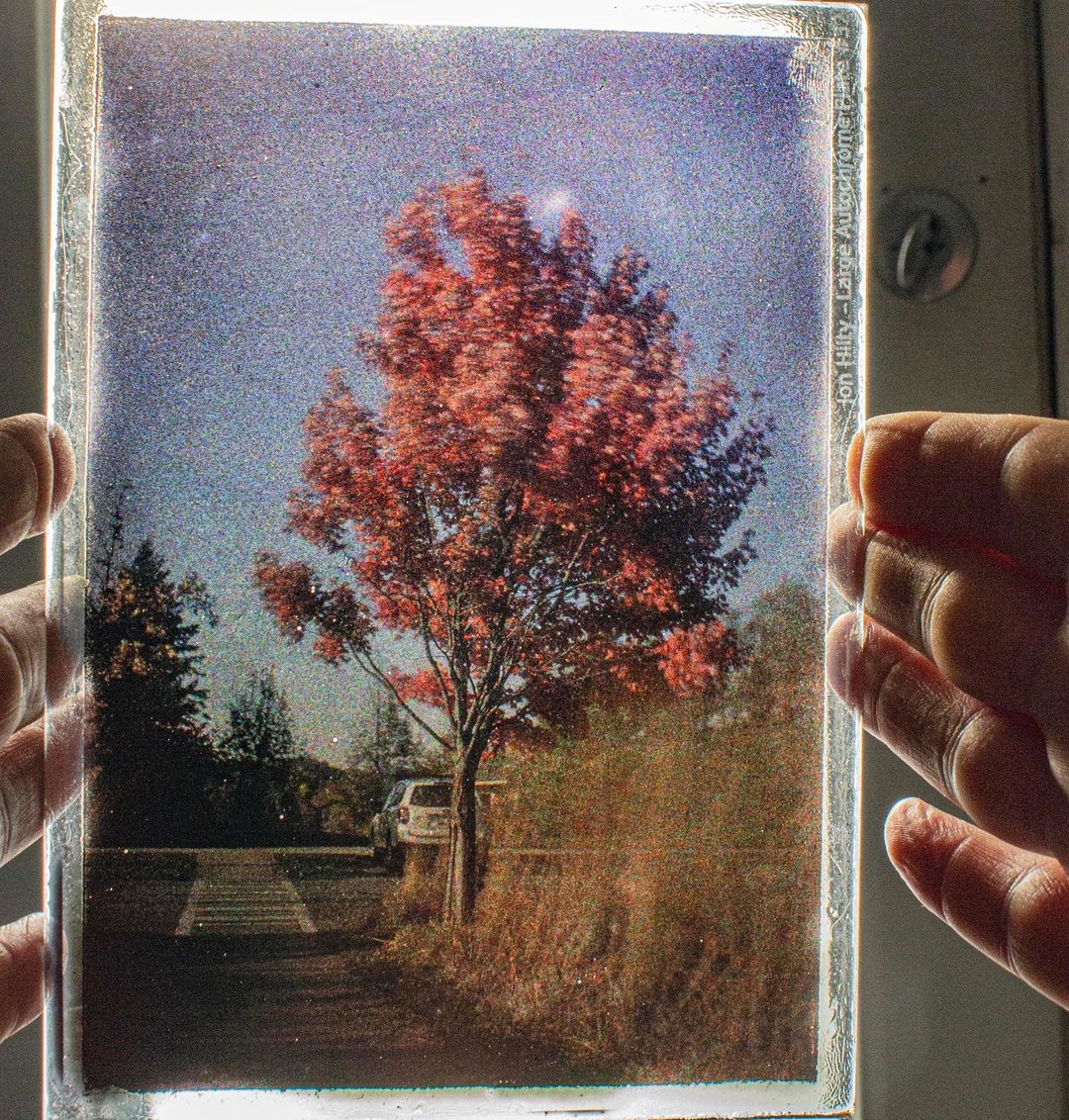



Short History of the View-Master
The View-Master was introduced in April of 1939 at the New York Worlds Fair. This was also where RCA introduced television, Dupont introduced Nylon, and Einstein gave a speech about cosmic rays.
What fairgoers witnessed was a futuristic improvement upon the stereocards of old. Using a stereoscope (which every antique store is legally required to sell), the grandparents of these spectators could look at 3D renderings of individual photographs, taken with special stereo cameras. Stereo photos pre-dated the Civil War, and so by 1939, they were old hat.
What View-Master provided was an exciting update. Round cardboard circles (which they called “reels”), held 14 16mm Kodachrome transparencies, which made seven pairs of photos – one for each eye. When looked at through a View-Master, they would be rendered in 3D. And with the flick of the lever, the reel would advance to the next 3D photo.
Here’s a bunch of ads:

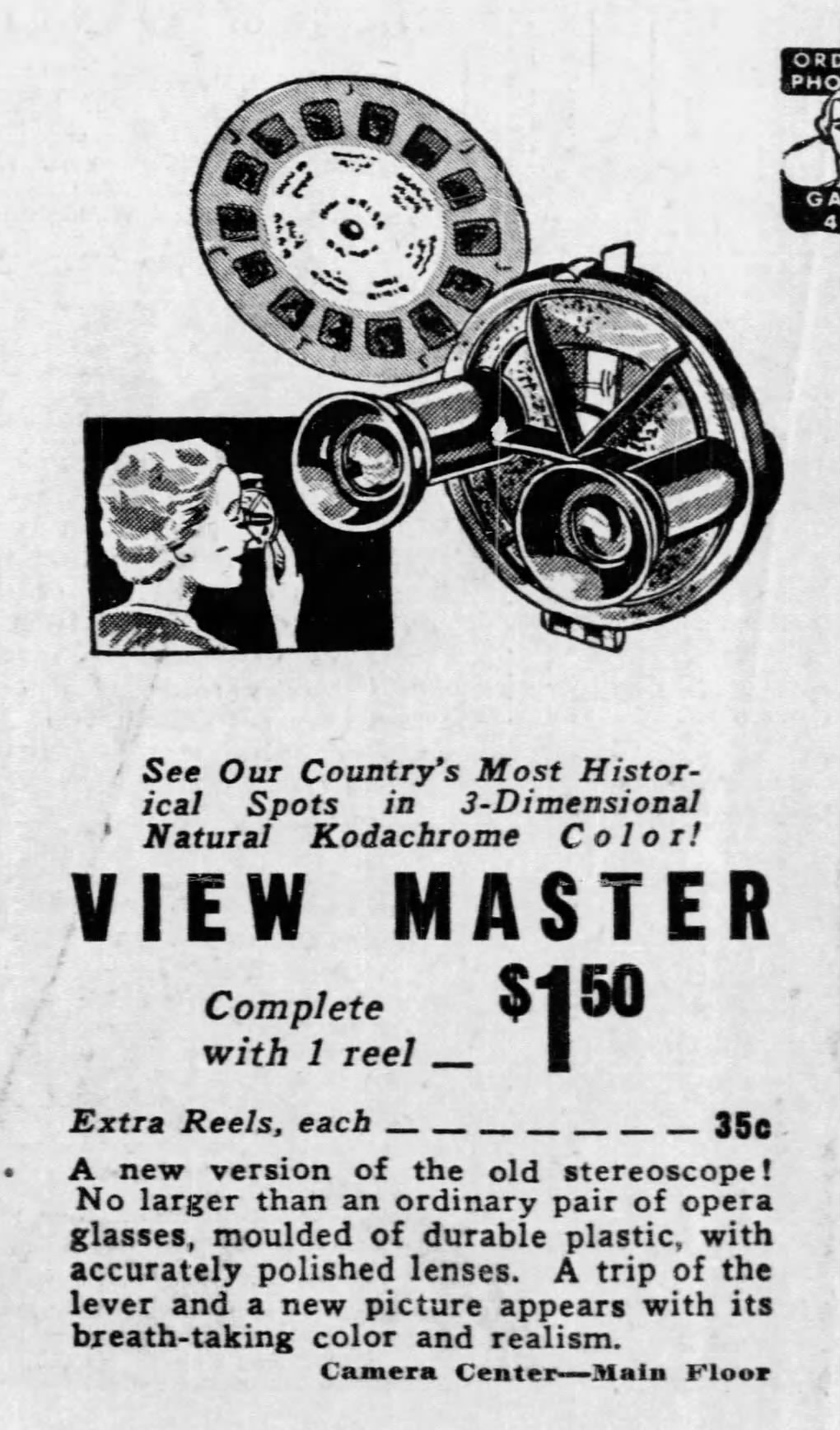



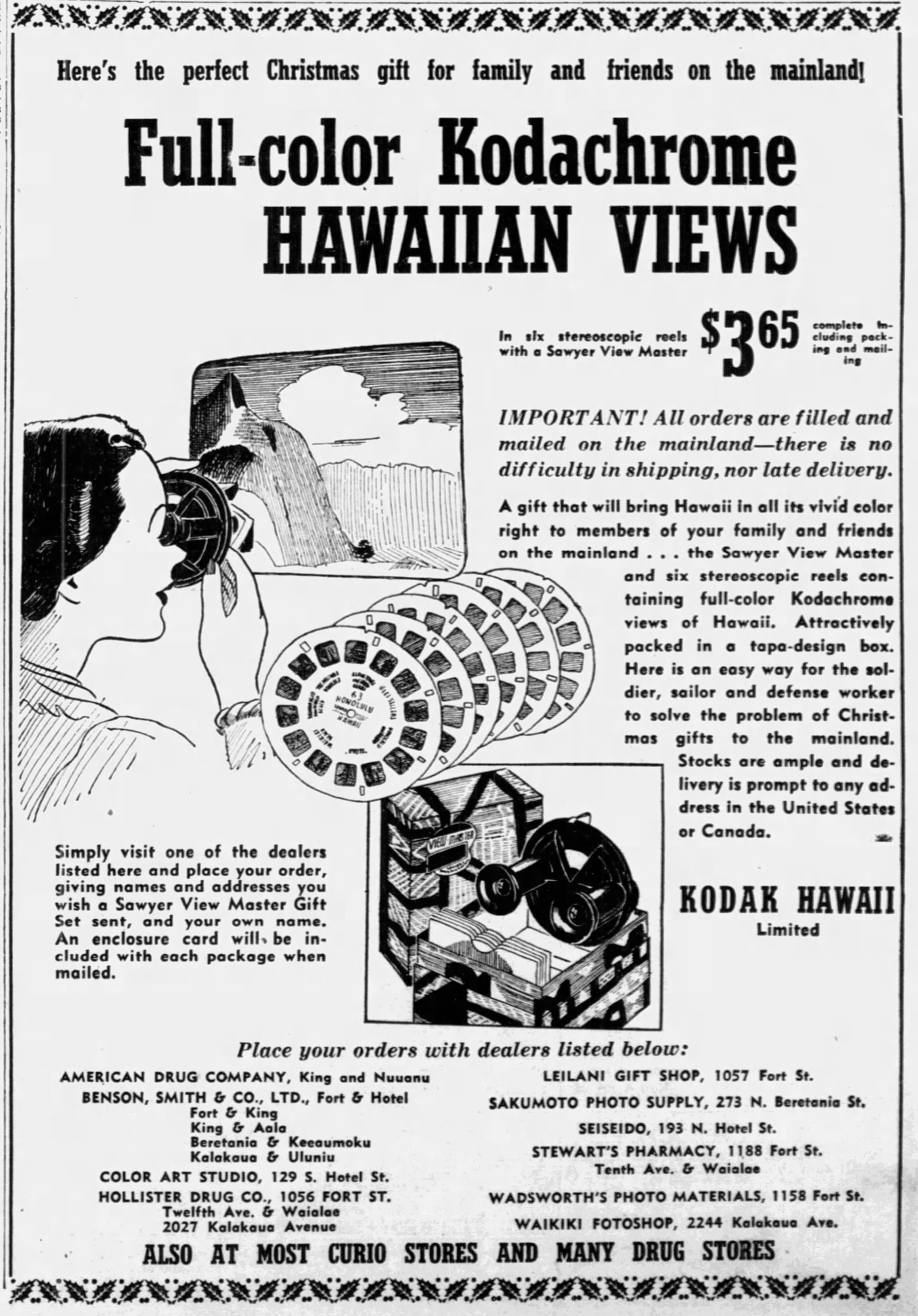



Murder vs. Death: Early 1900s Crime Scene Photos
Back in April, we did an episode called Mugshots and Memorials (episode 41 if you were wondering). In the main feature, we talked about Alphonse Bertillon, the French police photographer responsible for the creation of mugshots. Bertillon, an exacting fellow, noted all sorts of things about the human face. He believed that things like ear size or arm length might determine someone’s criminal potentiality.
But oddly enough, we’re not here to talk about Bertillon and his crime scene photographs. Not directly, anyway.
A while back, we picked up two books on crime scene photos in hopes of making some larger piece with them.
The first, Murder in the City, a collection of glass plates from New York City in the 1910s and 20s, is very much in the vein of Bertillon – it’s almost classy.
The other, called Death Scenes, is a book of crime scene photos from 1940s LA. It’s very candid, very matter-of-fact. Though the subjects are dead bodies, the way they are photographed is nearly the opposite of Bertillon – at least as far as unintentional artfulness went.
It might seem a little obvious that photos of murder victims would be potentially unnerving and upsetting. But we weren’t really prepared to deal with the photos in one of these two books.


We’re not sharing many photos from either book, but here are some photos about the God’s Eye View Tripod setup:
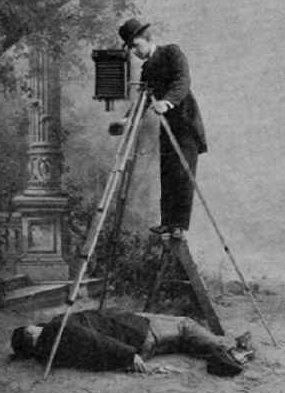


But here are some of Eugene de Salignac’s photos:
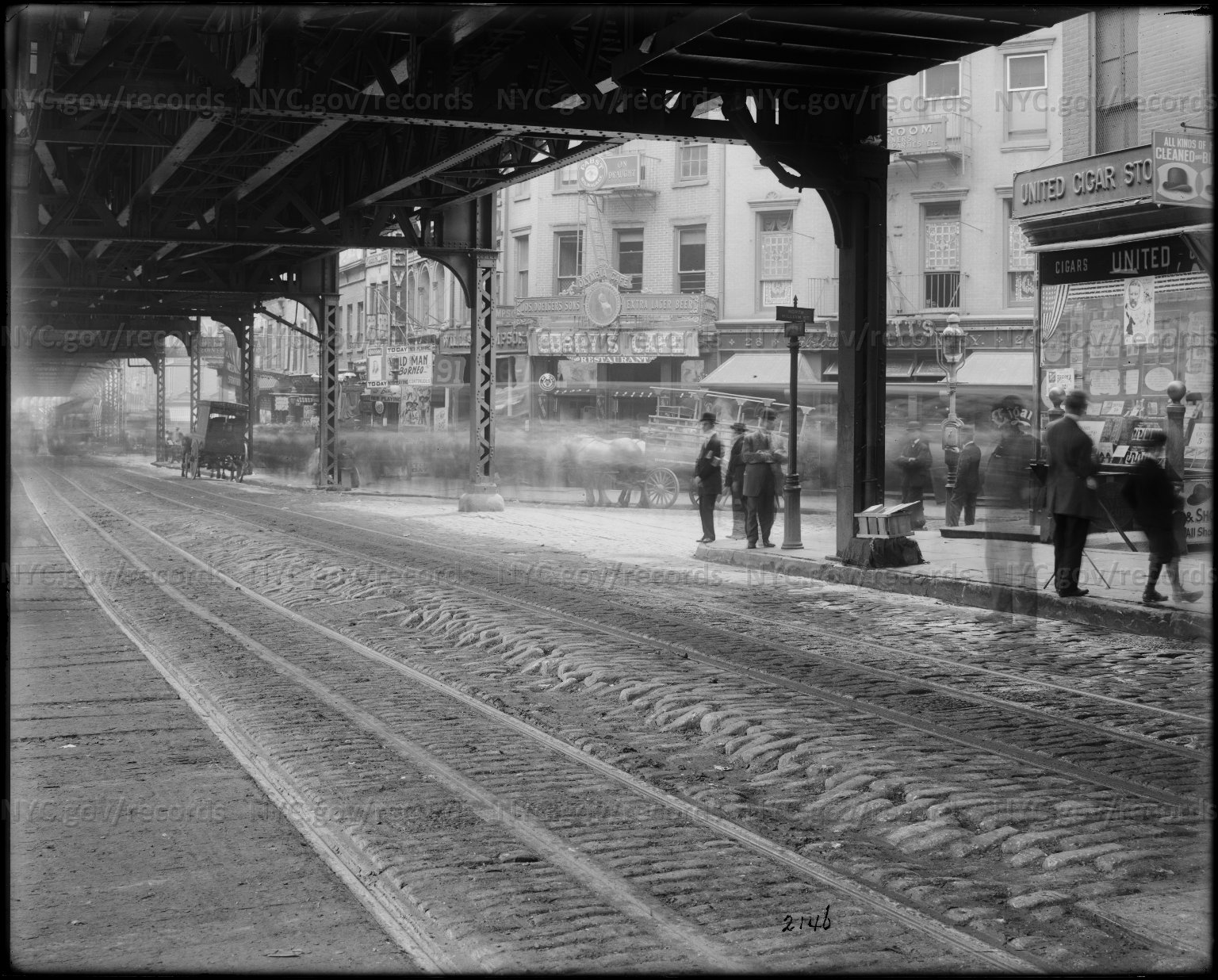


Zine Reviews
Future Condos by Jesse Rinyu – @jrinyu on IG

Toy Golf by Garon Kiesel (@grain_or_die on IG)

PATREON
Thank you to everyone who supports us!
Check out our Patreon for bonus episodes, extended interviews, early drops. Tons of stuff!
THE CREDITS OF ENDING
Music by Last Regiment of Syncopated Drummers
Vania: IG, Flickr, Zines
Eric: IG, Flickr, Zines, ECN-2 Kits
Tiffen: IG
All Through a Lens: IG, Website, Patreon, Spotify Playlists

No comments yet. Be the first to say something!